New study suggests sea level rise will be much worse than anticipated
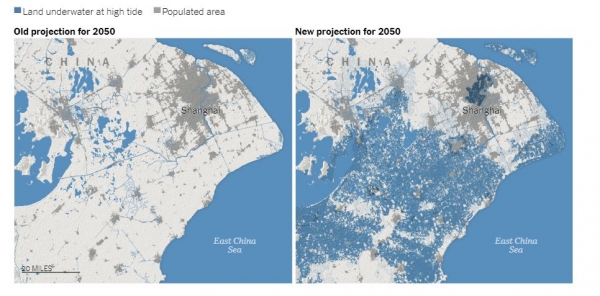
New evidence suggest that sea water level will rise much faster than anticipated and will soon affect many millions of people.
The study, recently published in Nature Communications, shows that, by 2050, about 3 times more people living in coastal areas will be affected by the water-level rise than previously anticipated.
According to the findings, sea water level is expected to rise between 0.6 and 2.1 meters over the next years and possibly more until the end of the current century. By 2050, about 300 million people will live in areas that will be flooded at least once a year on average. Moreover, by 2100, regions that accommodate about 200 million people will permanently lie below the high tide sea water-level and, therefore, those areas will practically be desolated.
"If our findings stand, coastal communities worldwide must prepare themselves for much more difficult futures than may be currently anticipated. Recent work has suggested that, even in the US, sea-level rise this century may induce large-scale migration away from unprotected coastlines, redistributing population density across the country and putting great pressure on inland areas," the authors stated.
If this scenario is confirmed, it will be devastating for entire regions mostly located in Asia. Cities located in many countries including India, Vietnam, Thailand, Philippines, China and Japan will be highly affected.
In particular:
- China's big cities such as Hong Kong, Shanghai and Tianjin will be threatened.
- The regions where 25% of Vietnam's population (about 20 million people) is currently living will be flooded.
- More than 10% of Thailand's residents will live in inundated areas by 2050.
- Mumbai, the financial center of India and a city built in a group of islands will also face severe flood issues.
The conclusions of the study show that governments should start preparation works to address the forthcoming sea level rise. A measure that will probably be implemented is relocating people living in hazardous areas. “We’ve been trying to ring the alarm bells. We know that it’s coming. There is little modern precedent for this scale of population movement," Dina Ionesco, the Head of the Migration, Environment and Climate Change (MECC) Division at the UN Migration Agency, stated.
Scientists developed a more accurate technique to derive the ground's elevation based on satellite data. Their findings suggest that previous models were too optimistic. The main problem with those studies was determining the actual ground elevation due to the presence of trees or buildings. Researchers created an AI method to tackle this phenomenon and corrected the corresponding data.
Want to read more like this story?

Horror Scenario For Coastal Areas
Jul, 29, 2015 | NewsClear warning from scientists, who note that the sea level rise may not be avoided even if the gover...
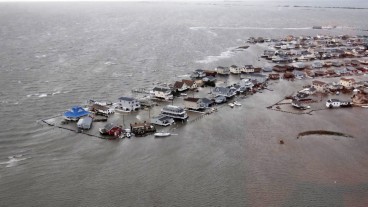
U.S. coastal areas will be frequently flooded if sea-level rise is not mitigated
Apr, 24, 2020 | NewsAccording to a new study, coastal cities in the United States may experience flooding incidents eve...
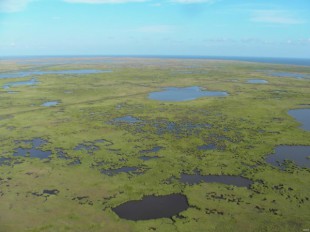
A new study predicts that Mississippi Delta may drown for good
May, 22, 2020 | NewsAccording to a new study, the marshes in the Mississippi Delta may permanently drown as a result of...

Earthquakes can aggravate sea water level rise
Jun, 21, 2019 | NewsAccording to a new study published in the Journal of Geophysical Research: Solid Earth, earthquakes...

Greenland's thick ice slabs may cause sea level to rise
Oct, 02, 2019 | NewsSea level may rise by 10 centimeters due to the presence of thick ice slabs in Greenland. A new stu...

How climate change has affected real estate business
Nov, 11, 2019 | NewsClimate change is a phenomenon that leads to sea water-level rise affecting the coastal areas. But h...

Cities to live in to escape climate change
Nov, 11, 2016 | NewsA list of the most climate change-adaptive cities in North America A list of the most climate cha...
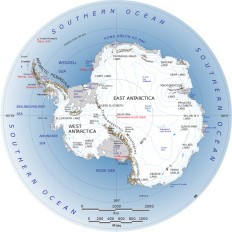
Antarctica's melting will result in higher sea-level rise than previously thought
Jun, 11, 2021 | NewsAccording to a new study, the global sea-level rise associated with the melting of Antarctica's ice...
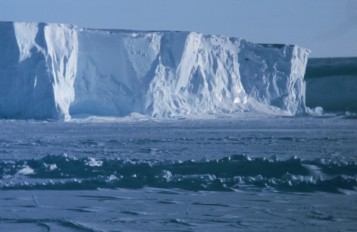
Glacial geoengineering could slow ice melting, claim glaciologists
Apr, 23, 2018 | NewsThree proposed geoengineering projects could buy us some time to address global warming Three pro...
Trending

Vertical gardens in Mexico City to combat pollution

Saudi Park Closed After 360 Big Pendulum Ride Crashes to Ground, 23 injured

Characteristics of Load Bearing Masonry Construction

Taipei 101’s impressive tuned mass damper

Dutch greenhouses have revolutionized modern farming

Federal court rules Biden’s offshore drilling ban unlawful


